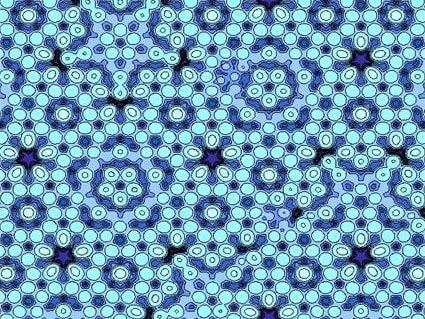Scientists discover new material called the quasicrystal in Russian meteorite


Scientists have recently discovered an entirely unique type of naturally-existing material called the quasicrystal, and with the release of a new study on a piece of meteorite found in the Khatyrka region of Russia, the fascinating story behind this rare breed of substance keeps growing.
“Impossible” is the oft-used phrase to describe quasicrystals, substances which are neither crystalline in structure (having the same repeated geometrical pattern throughout) nor amorphous (solids whose atoms do not display an ordered arrangement). And when they were first proposed in the 1980s by Israeli scientist Daniel Shechtman, the idea was roundly derided – so much so that he was reportedly asked to leave his lab in disgrace.
Shechtman would have the last laugh, of course, as he was awarded the Nobel Prize in chemistry in 2011 for his work on quasicrystals, which have since been synthesized hundreds of times over and commercially applied to the production of a range of items, from surgical instruments to non-stick frying pans and LED lights, all of which make use of the low heat conductivity and low friction found within these unique materials.
Quasicrystals are so unlikely because they don’t abide by the long-held theory of how atoms and molecules link together to make the precise geometry of a crystal. Speaking to PBS, Pat Theil, senior scientist at the U.S. Energy Department’s Ames Laboratory and professor of materials at Iowa State University, described them with the analogy of tiling a bathroom floor. “If you want to cover your bathroom floor, your tiles can be rectangles or triangles or squares or hexagons,” Thiel said. “Any other simple shape won’t work, because it will leave a gap. In a quasicrystal, imagine atoms are at the points of the objects you’re using. What Danny discovered is that pentagonal symmetry works.”
Even more surprising has been the find that quasicrystals are not just products of lab engineering but can actually exist in nature, something that has only recently been confirmed with the discovery of two types of quasicrystals within a tiny speck of a meteorite that landed in Siberia in 2009. The two scientists that discovered the quasicrystals, Paul Steinhardt of Princeton University and Luca Bindi of the University of Florence, have since determined that the likely story behind these quasicrystals was that they were formed in space from the violent collision of two asteroids.
Now in a new study, the researchers have hit upon a third, entirely different form of quasicrystal from the same piece of meteor. What’s different about this find is that whereas the previous two quasicrystals were found to be of a form that had already been realized in the lab, this third type is doubly novel, as it’s not only a new naturally-occurring quasicrystal but it’s also of a form (a 20-sided form, to be exact) of aluminum, copper and iron structure which has yet to be recreated in the lab.
The finding is truly rare, says study co-author, Steinhardt.“What is encouraging is that we have already found three different types of quasicrystals in the same meteorite, and this new one has a chemical composition that has never been seen for a quasicrystal,” says Steinhardt in conversation with Motherboard. “That suggests there is more to be found, perhaps more quasicrystals that we did not know were possible before.”
Meteorites have long been the source of novel and surprising discoveries about the composition of matter. Analysis of Canada’s Tagish Lake meteorite, which fell to Earth in northwestern B.C. in 2000 provided the first known example of opal-like crystals composed of magnetite, which scientists had previously thought could not be formed into such a crystal, due to the magnetic attraction between its atoms.

